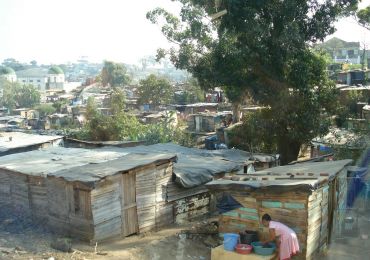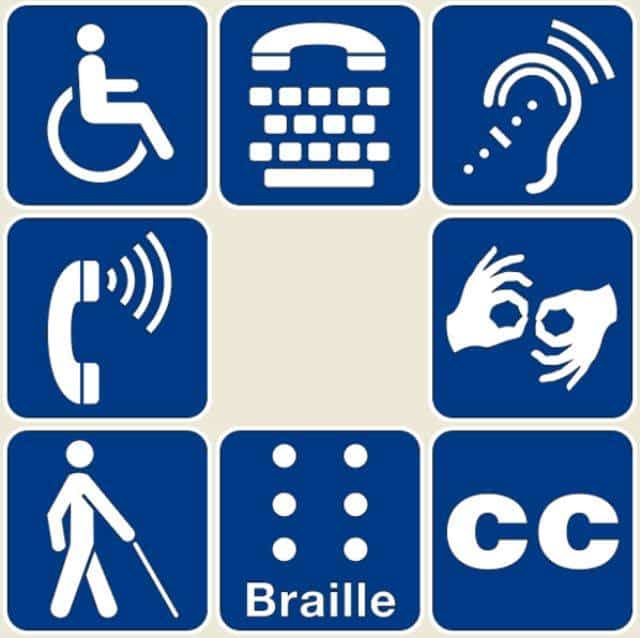The Arising Questions
The main aim is to look at children’s needs in a comprehensive manner through the lens of urban planning and design. The example discussed is in Indian context but very well applicable all over the world to understand the situation. The idea is to examine and analyze existing information on children in urban India across the following thematic areas: (as defined in “Status of Children in Urban India” GOI-2016)
- Demography: Children’s population in urban areas, sex ratio, differently-abled children, vulnerable children (homeless, migrant children and children living in slums)
- Health, education and nourishment status: Access to education, status of health (mortality rate, impact of water and sanitation on health), status of nourishment (types and reason for malnourishment)
- Living conditions (and its impact on children): Condition of housing, density, access to safe drinking water, sanitation facilities at household and school level, access to play areas and amenities
- Mobility, safety and security: Safe mobility, crime against children, child protection, disaster risk reduction
- Legal provisions for child development: International initiatives (UNCRC, Child Friendly City initiative, Sustainable Development Goals); National Initiatives (Constitutional provisions, legislations and national policies and plan of actions, provision for children in urban missions/ urban development programs)

To fight for creating child-friendly practices, it becomes imperative to look at issues such as children’s participation in decision making, child-friendly urban planning frameworks, and safety standards for children, guidelines on quality of built and spatial environment and provision of equal opportunities for the differently-abled. So it implies that for moving towards the positive side, the negative side must be identified. Key areas of concern have been identified for determining future areas of intervention for creating child friendly cities. Also an attempt to establish the relevance between children’s needs and urban development by addressing specific questions has been made, these questions include:
- How has the lack of infrastructure and basic services affected the development of children in India?
- What are the factors affecting children due to poor planning practices?
- How inadequate open areas and lack of opportunities in education affecting children?
- Do the children feel safe and secure in their natural environment?
- What obstacles need to be cleared to make Indian cities friendly for children?
- What are the key aspects regarding which interventions can be made for creating cities for children?
Keeping in mind children’ perspective and the arising implication, the further study tries to elaborate the issues that hampering the growth of children and posing as barriers in creating child friendly cities. Further some of the arguments are also raised which highlight the implications of the whole scenario. A comprehensive approach is adopted for achieving the objectives. The sections below define the basic issues of children and try to identify the most vulnerable group of children. There is a separate section that defines the issues with respect to study on concerned focus groups too.
The Vulnerable Children
Mainstream approaches to development many-a-times view all children in urban areas as a homogeneous group and use statistical aggregates to determine resource allocation for them altogether. An approach is needed towards uplifting of precisely those children who are hardest to reach, or maybe their problems are hardest to solve. According to a baseline study regarding “Status of Children in Urban India”-2016, It is estimated that about 40 per cent of children in India live in difficult circumstances which includes children without family support, forced into labor, abused/trafficked, homeless, affected by abuse etc. Survival, growth, development and protection of these children hence need utmost priority. Every such child misses opportunities because when the city fails to extend services that would enable them to develop as productive individuals, it ultimately loses the social, cultural and economic contributions they could have made, had the services been provided. Urban local governments in India must ensure that such children receive greater attention, owing to the fact of being their sole guargian. Therefore the study too includes the children of all classes but primarily revolves around the aspects of vulnerable ones among them.
Children Living in Slums
The census of India defines a slum as “a residential area where dwelling units are unfit for human habitation owing to dilapidation, overcrowding, faulty arrangements and design of such buildings, narrow or faulty arrangements of streets, lack of ventilation, light or sanitation facilities, or any combination of these factors detrimental to safety and health.” In urban India, 65.5 million people live in slums and constitute 17.4 per cent of the population. Out of this, 8.1 million (12.3 %) are children in 0–6 years age group (Census, 2011). Thus a significant proportion of the urban population inhabits unplanned and deprived areas. Children’s health is majorly determined by the conditions in which they are born, grow and live. They are excluded from essential services and social protection, a right which they fail to exercise. Inadequate access to safe drinking water and sanitation puts these children at increased risk of illness, malnutrition and sometimes, even death.

Children Living on Streets
Children resort to living and working on the streets for various reasons like violence or abuse at dwelling places, and many-a-times the reason is poverty. Children whose poverty and marginalization leave them with few choices often see the street as the best available option for escape. But living on the street exposes them to violence and harsh living conditions. As per the 2011 census, India has 1.77 million homeless people out of which 0.27 million (15.3 %) are children in 0–6 years age group. Considering urban areas, 0.94 million (52.9 %) of homeless people reside on streets, out of which 0.11 million are children in 0–6 years age group. These children constitute 41.7 per cent of the total homeless children population in India and 12.0 per cent of the total urban homeless population. (Census, 2011)
Differently Abled Children
India has 7.86 million differently-abled children in the age group of 0–19 years. Of these, 2.27 million (28.9 %) are located in urban areas (Census, 2011). Considering accessibility, In spite of existence of laws and regulations for providing and promoting safe mobility, Indian cities lack universal accessibility leading to prohibition of differently abled children and their families from fundamental rights and basic amenities. Persons with Disabilities (Equal Opportunities, Protection of Rights and Full Participation) Act 1995, Sections 44, 45 and 46 categorically provide for “non-discrimination in participation, non-discrimination of the roads and built–up environment.” The obstacles faced by the differently-abled come in many pretexts and are found in many facets of urban life. The fences faced by differently-abled children are compounded because of the environment in which they live. Lack of access to public transport system, poorly designed traffic crossings and streets and lack of parks or play areas are only some of the challenges faced by differently-abled children of urban areas.
